Welcome to Rainbow Weaving Art!
I am YOKO, a Japanese hand weaver in Australia.
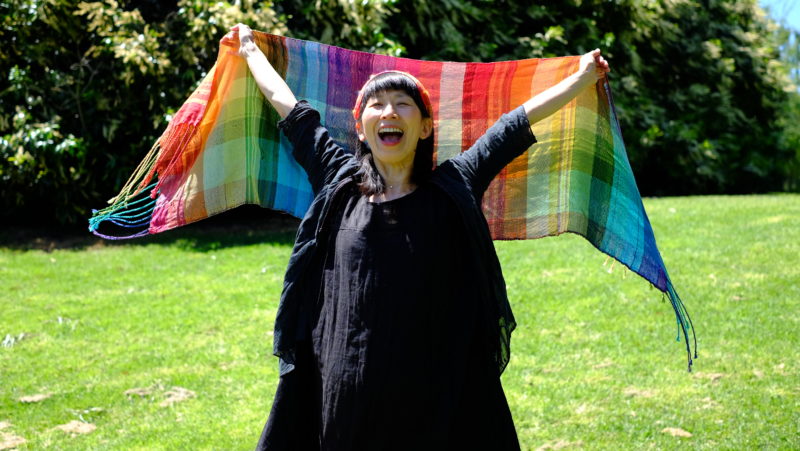
🌈Photos – Rainbow Weaving Art pieces

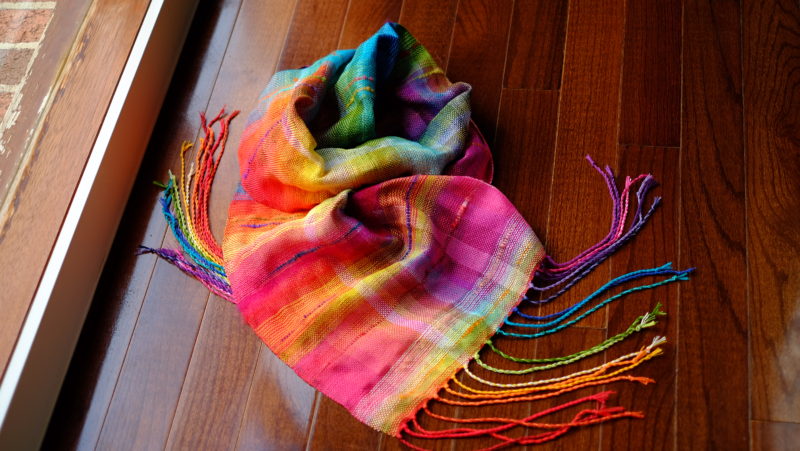
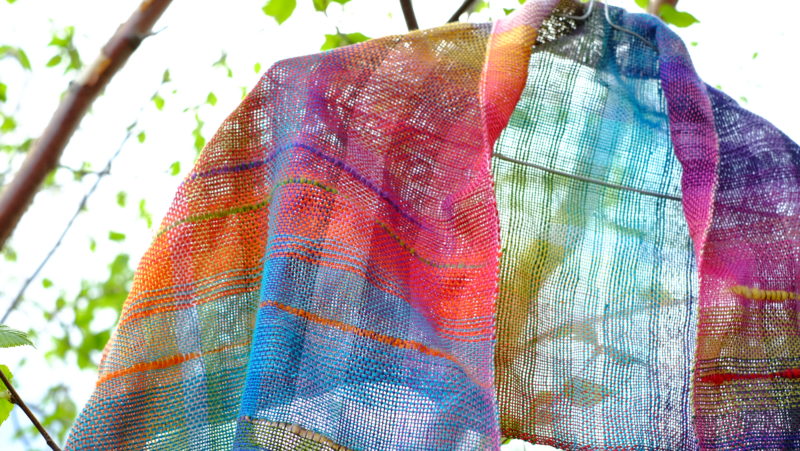
Creation Process
What kind of yarns do I use?
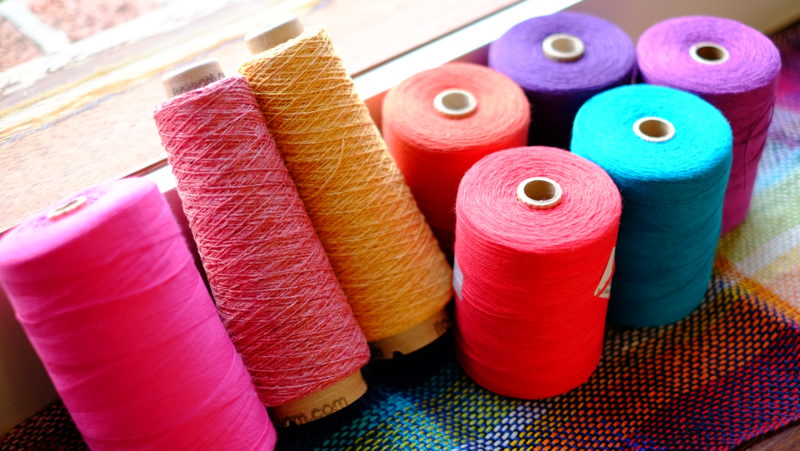
Rainbow Weaving Art works made by YOKO are –
Handwoven ⎜Natural fibres ⎜Healthy ⎜Biodegradable ⎜ Better for our planet
I hand-weave with high quality natural fibres only. I mainly use Hemp, Linen and Organic cotton yarns, but not any synthetic yarns (e.g., polyester, acrylic, nylon).
Natural fibres are much more comfortable to wear with less static electricity or itchiness.
What is hemp yarn?
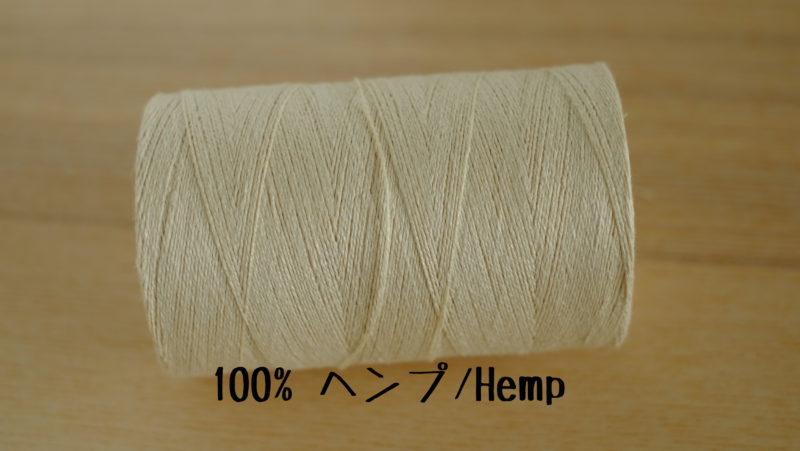
BETTER FOR OUR PLANET – Hemp is grown chemical free, enriches its soil, saves water and produces 2 – 4 times more fibre per area than other sources.
Hemp is the strongest and most durable of all natural textile fibres.
Hemp fabric breathes well and absorbs moisture. 100% hemp textile has superior 95% UV resistance which makes it attractive material for summer clothing, especially in countries with high UV levels like Australia.
Additionally, hemp fibre is naturally resistant to mould, dump, mildew, bacteria, moths and silverfish. Hemp is an environmentally friendly crop which requires no pesticides or herbicides when grown, therefore producing “organic” and environmentally friendly products.
Hemp is a lot more sustainable alternative among various fibres.
Is hemp sustainable?
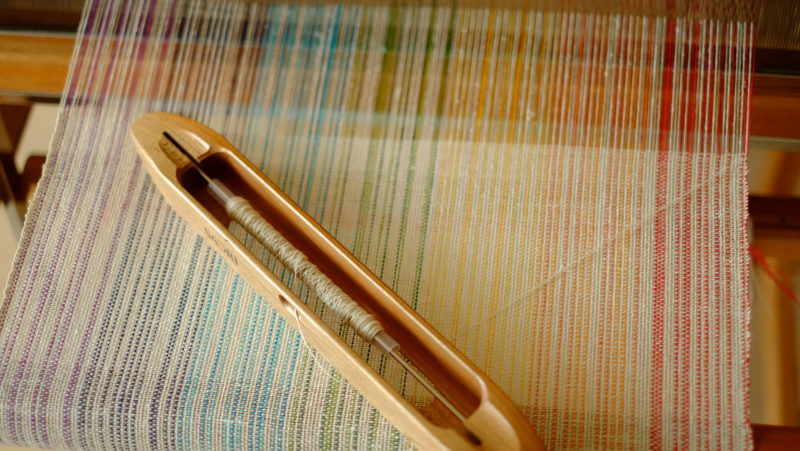
Hemp is among the earth’s primary renewable resources!
Hemp is an excellent rotation crop: it crowds out weeds and its deep tap roots break up hard soils. It enriches soil and prevents erosion. One acre of hemp can produce as much usable fiber as 4 acres of trees or 2 acres of cotton.
Hemp fabric also requires fewer chemicals than cotton and is stronger and longer lasting. Cotton also has a drinking problem… it requires extensive water supplies! Hemp requires less water than cotton and grows in a wide variety of climates. Hemp also doesn’t require the huge amounts of herbicides and pesticides and fertilizers that cotton does.
https://www.ecofashionsewing.com/fabric-essentials/fabric-fashion-industry-natural-fibres/
How are they woven?

HANDWOVEN TEXTILE IS TO ACCEPT A SLOWER PACE – YOKO uses a Japanese floor loom (called SAORI) and other table looms, which are both powered by hand and not electricity.
I use traditional craft skills to make one off textiles that respect the balance of nature.
I source high quality natural materials. The scarves and clothes are woven to feel comfortable against the skin.
I have combined the very best fibres to ensure each piece is soft, warm and smooth.

Rainbow Weaving Art works were handwoven through a freestyle technique on a Japanese floor loom or table looms.
I was originally influenced by SAORI technique, which is a method of weaving which focuses on free expression and self innovation. In SAORI, weaving becomes a form of art.
I continued to pursue my style, and Rainbow Weaving Art works emerged. Each Rainbow Weaving Art piece is unique and one-of-a-kind.
Because Rainbow Weaving Art piece is freeform and different in colours and pattern from one end to the other, it can look very different each way you wear it.
How do I get inspiration for Rainbow Weaving Art?
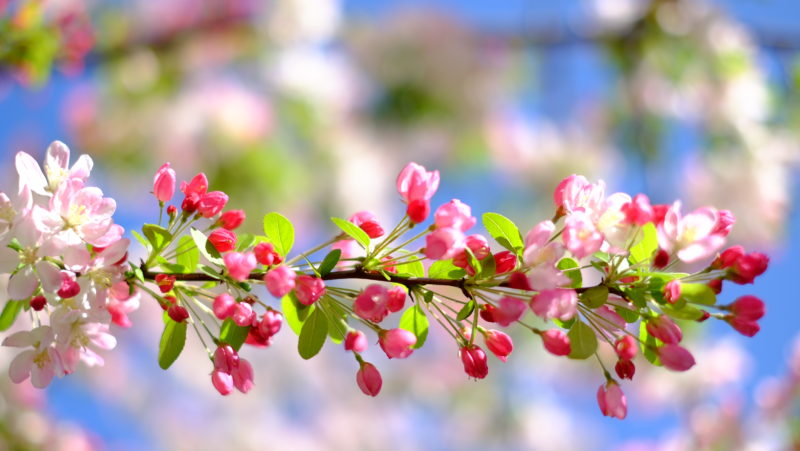
I DON’T JUST MAKE TEXTILES – Each hand woven piece starts with images, sounds, textures and story rooted in the natural world.
Inspiration springs from the flowers, birds, animals, oceans, rivers, lake, water, rain, sunlight, rainbow, forests, trees, leaves, sky, etc. Those images help me to receive inspiration.
Prior consultation for making your custom-order Rainbow Weaving Art scarf
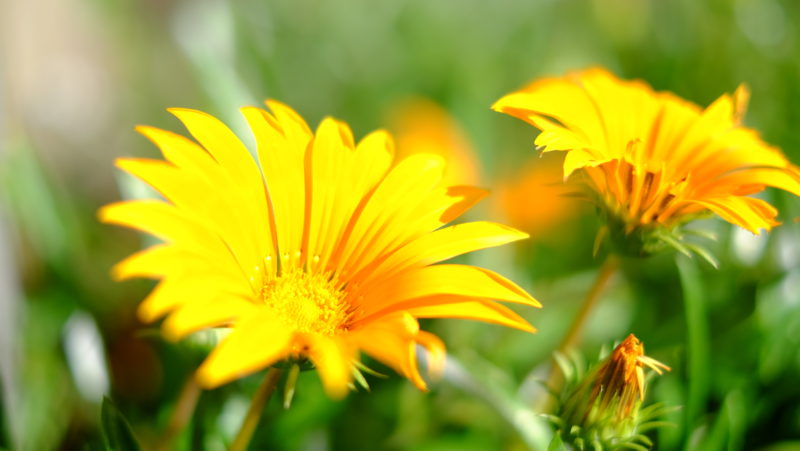
Before weaving a custom-order Rainbow Weaving Art scarf, I ask you to send 3 photos, which contain your favourite colours.
Example photos
I prefer photos from nature – they can be flowers, birds, animals, oceans, rivers, lake, water, rain, sunlight, rainbow, forests, trees, leaves, sky, etc. Those images help me to receive inspirations.
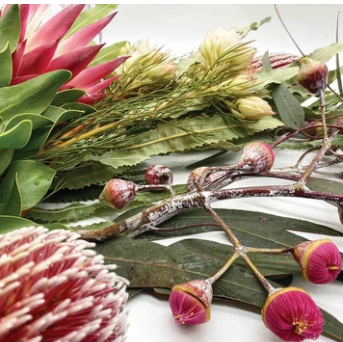
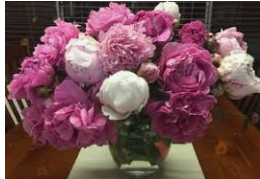



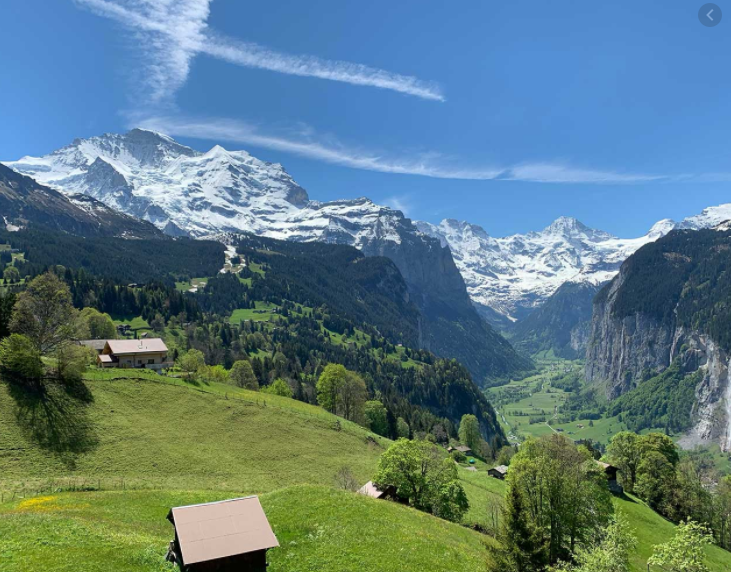
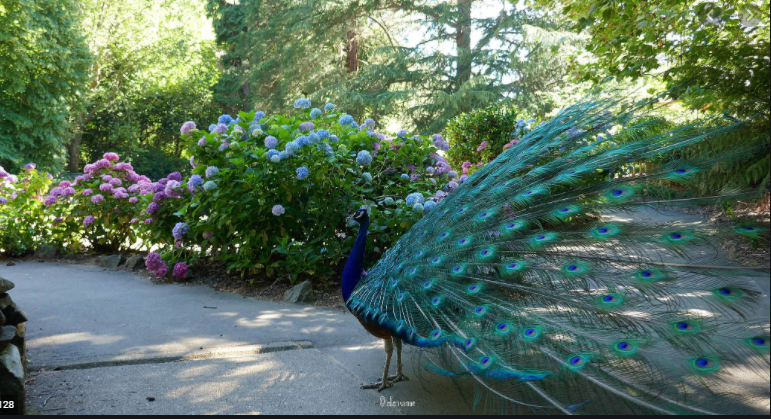
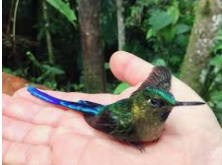



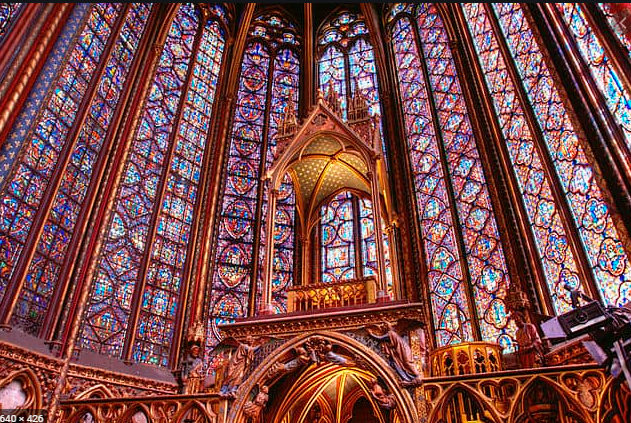



VIDEO – Rainbow Weaving Art scarf is just off the loom
I take care during each step: from selecting high quality yarns to twisting scarf fringes.
VIDEO – Twisting scarf fringes
How to wear and care?

Careful calculations are made to ensure your purchase will last for many years but it is important to care for your textile correctly to ensure the rainbow magic & beautiful texture endures.
The scarf is loosely woven so that it has a light feel when worn. Due to it’s loosely handwoven structure, small blemishes are a natural part of the creative process and are often intentional!
Please treat loose fibers with care and enjoy them as a part of the creative wearable piece of art!
Read on to find out how to care and wash your hand woven textile.
How to wash?

To preserve the beauty and magic of your Rainbow Weaving Art textile, it is best to hand wash and line dry.
There isn’t a magic science or complex set of instructions when washing hand woven textiles. It is as simple as being gentle and taking time when washing them.
I have added a washing instruction and I hope this gives you confidence to look after your textile well so that it lasts for many years.
It is possible to machine wash some hand woven textiles but I suggest hand washing. This gentle way of washing will ensure that colours stay bright and fibres are kept at their best.
What kind of detergent to use?
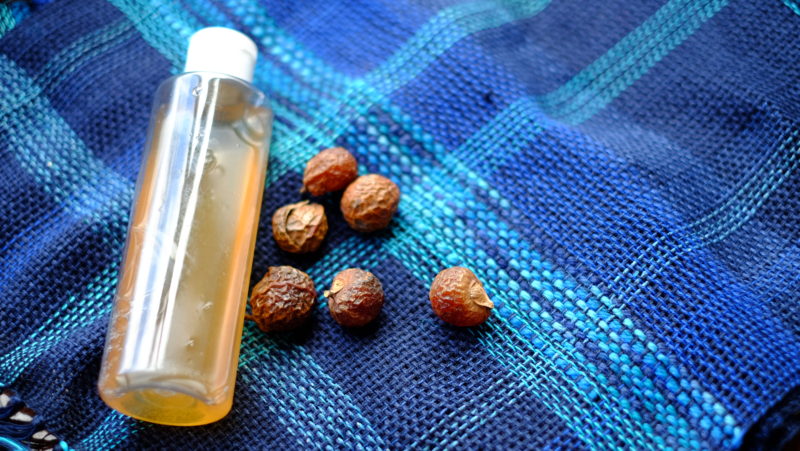
You do not need to pre-wash your item, each piece has been finished ready to use.
YOKO’s Rainbow Weaving Art textiles are washed in 100% Soapberry Liquid. This is free from synthetic detergents, phosphates, optical brighteners, enzymes, fragrances and preservatives.
I choose luxurious, natural fibres to create high quality textiles that also respect the planet.
When the textile has been woven and removed from the loom it is hand finished so that it is ready to use as soon the client receives it.
I consider the impact of fibres on the environment. When choosing quality yarns I look for the sustainable choice.
Instructions – how to wash your hand woven textile
Hand wash gently in cold water and lay flat or hang up to dry. Use the following instructions to clean your Rainbow Art textile:
(1) Ensure the water is tepid
You should be able to put your hand in the water easily; warm to touch not hot.
(2) Use soapberries
Soapberries are most commonly used as laundry detergent. Below link shows how to make soapberry liquid from soapberries:
If you don’t have an access to soapberries, please choose a gentle detergent – a detergent made for wool and delicates would be the best alternative. Use the laundry liquid at half the usual detergent allowance.
(3) When washing a hand woven textile, it is important to treat the fabric gently
This is particularly important with any textile that has wool: friction, heat and water can turn the fabric to felt.
Although don’t be afraid of your textile. You can rub the fabric to get dirt out, but just take a little more time and care with each step.
(4) Rinse the textile several times
Please make sure all the washing detergent has been removed. The water should be clear.
(5) Do not wring the fabric to get the water out
You can gently squeeze the water out of your textile.
Think ‘half turn’ then gently squeeze to remove water. I do this in sections, squeezing the water out, repeating until the textile no longer drips.
(6) It is best to line dry
If you are worried about pegs making a mark, use small scrap pieces of fabric over your textile when placing the peg.
A little care and attention will keep the magic in your hand woven textile, allowing it to be loved and enjoyed for many years to come!
Price & Payment methods (As of the year 2024)
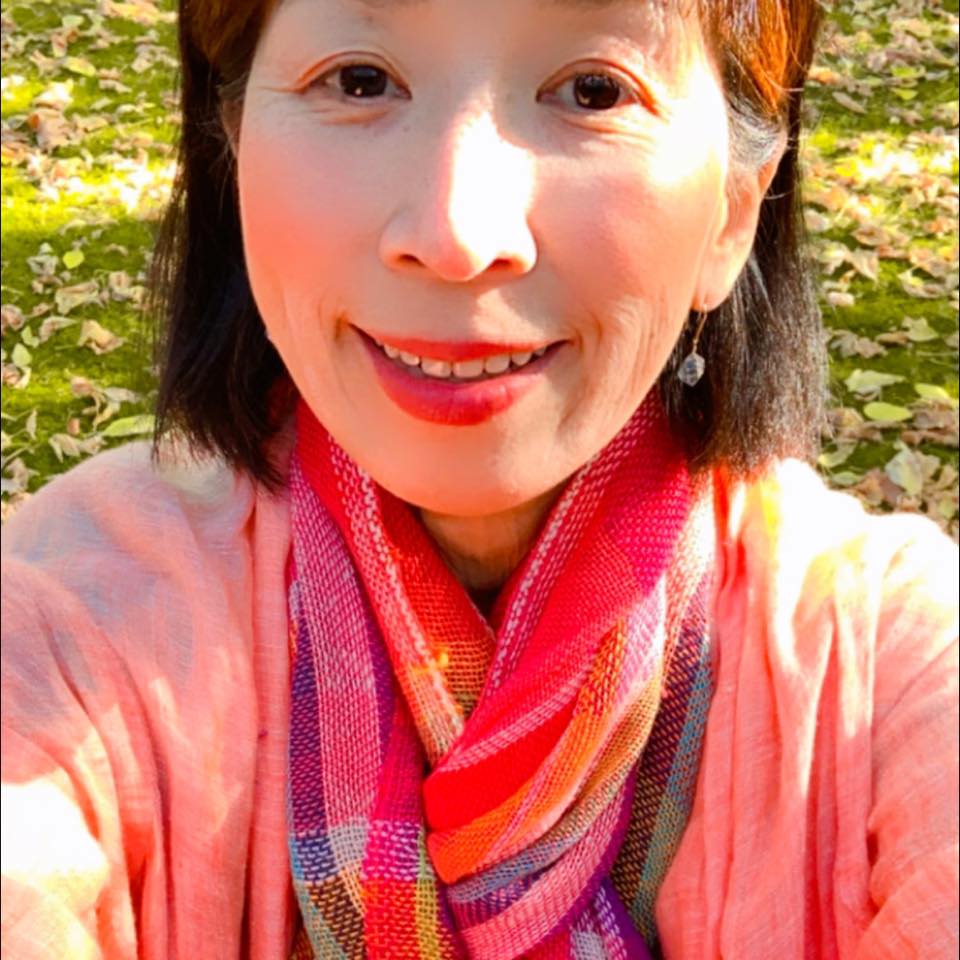
Mini scarf (about 15cm width)
My handwoven scarf is $395 AUD + Shipping cost.
The scarf price includes material cost, prior consultations, weaving time, etc. I use my Japanese table/floor loom to weave and it takes about 7 days to complete a scarf.
Standard scarf (about 37cm width)
My handwoven scarf is $475 AUD + Shipping cost.
The scarf price includes material cost, prior consultations, weaving time, etc. I use my Japanese table/floor loom to weave and it takes about 10 days to complete a scarf.
Wide shawl (about 47cm width)
My handwoven shawl is $555 AUD + Shipping cost.
The scarf price includes material cost, prior consultations, weaving time, etc. I use my Japanese floor loom to weave and it takes about 2 weeks to complete a shawl.
Payment methods
◆ Once order is confirmed, I will send my bank information. Bank transfer only, please.
◆ I ship within Australia. I don’t ship outside of Australia.
Lastly…
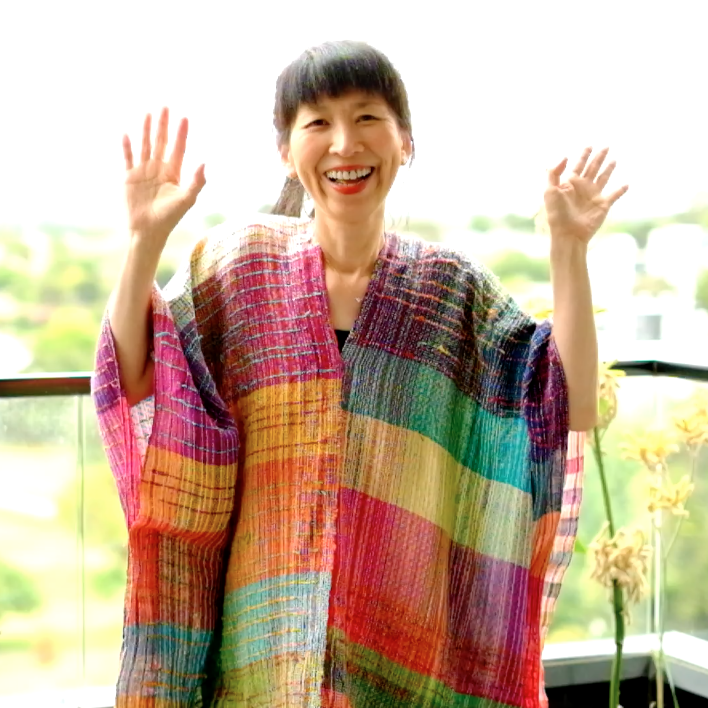
Please message me with any questions!
Happy wearing Rainbow!
(﹡ˆᴗˆ﹡)
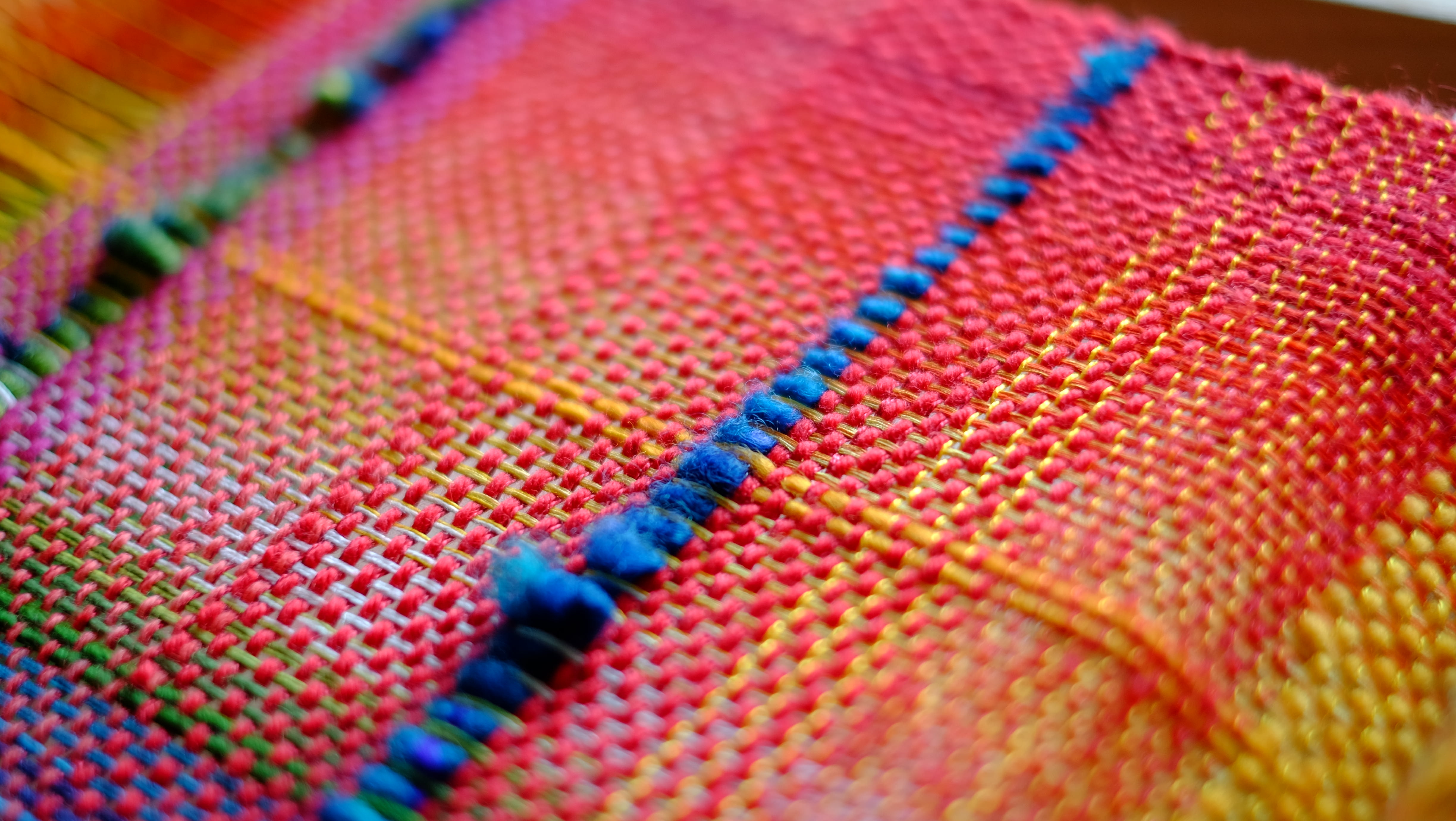


コメント Leave your feedbacks